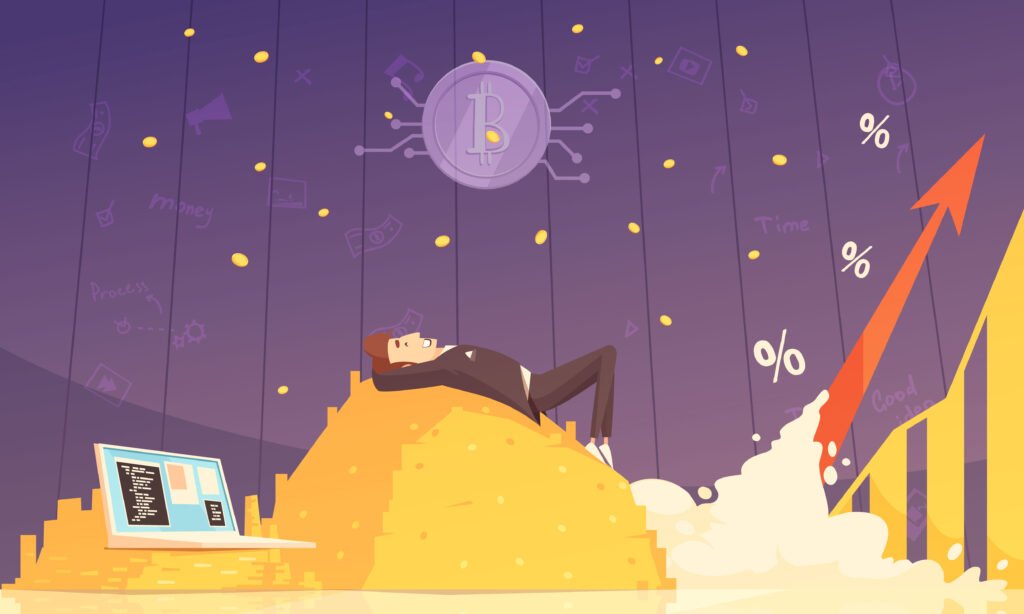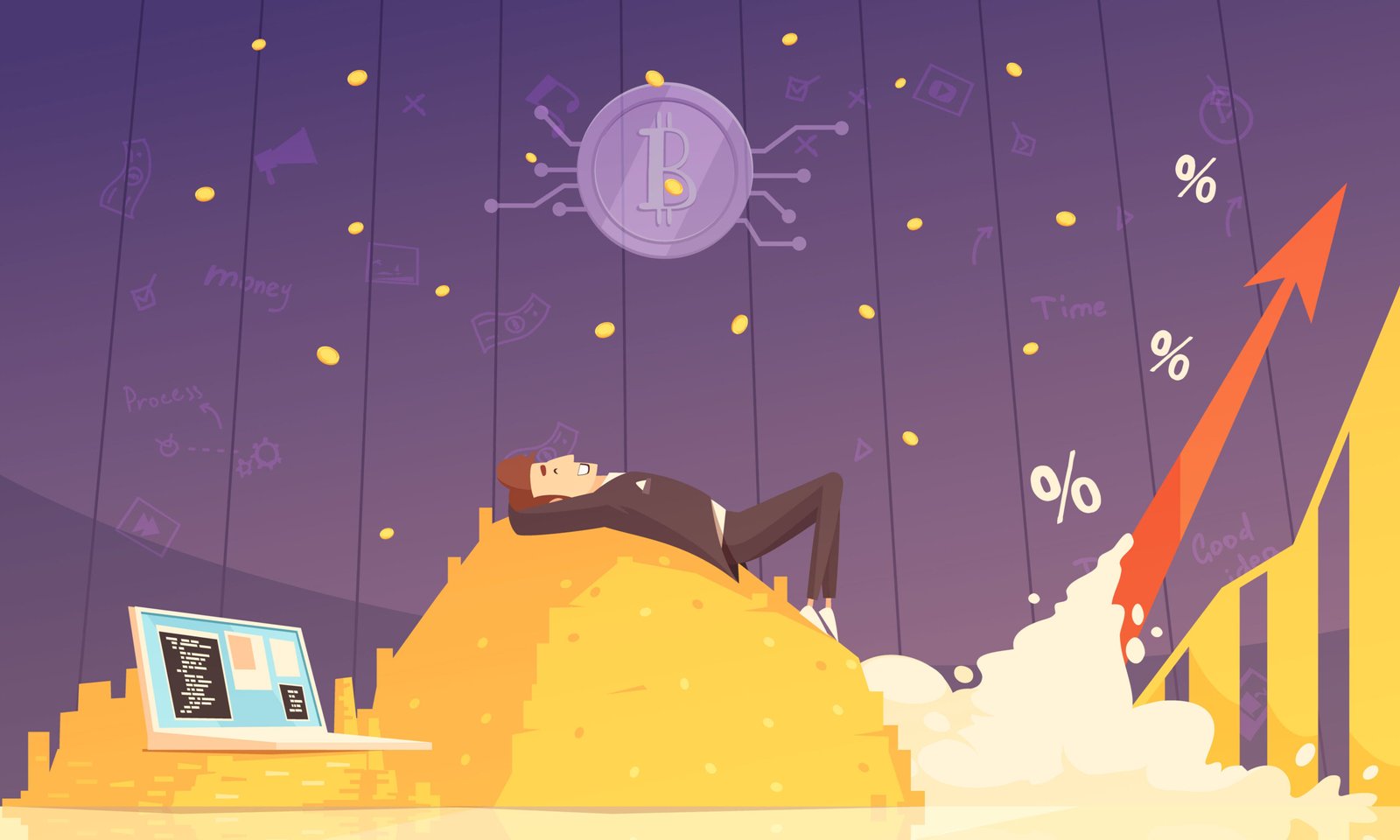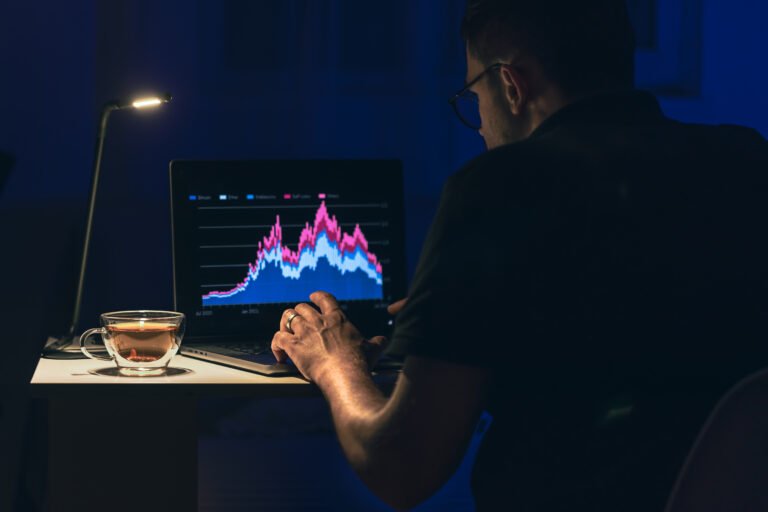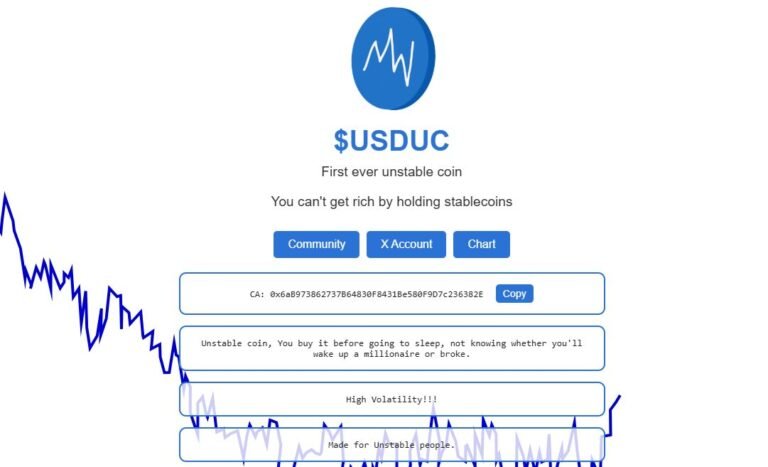10 Hidden Trends in Crypto Rates Most Traders Miss
1. Beyond the Obvious Price Charts
The Illusion of Simplicity in Crypto Rate Movements
Trends in Crypto: At first glance, crypto prices may appear to follow straightforward patterns—green candles mean growth, red ones mean decline. However, relying solely on surface-level movements can be dangerously misleading. Beneath every spike or dip lies a web of factors such as liquidity shifts, institutional trades, on-chain activity, market psychology, and cross-exchange arbitrage. These underlying mechanics are often invisible to the casual eye but can drastically impact price behavior in the hours or days that follow.

Why Hidden Trends Matter for Serious Traders
Smart traders don’t just react to the chart—they read between the lines. Hidden trends provide early signals of major moves, allowing traders to enter or exit positions before the rest of the market catches up. Recognizing patterns like weekend volatility shifts, whale wallet accumulations, or stablecoin inflows can give traders a measurable edge. In a space as fast and competitive as crypto, spotting what others miss isn’t just an advantage—it’s essential.
2. Micro-Cycle Movements Within Macro Trends
How Short-Term Spikes Mask Long-Term Patterns
Crypto markets are famous for sudden price spikes—both up and down—that seem to come out of nowhere. Many traders get caught chasing these sharp movements, thinking they signal the start of a new trend. But more often than not, they’re just part of a micro-cycle—short-term fluctuations that occur within a broader trend. These micro-cycles can distract traders from the bigger picture, causing them to buy high or sell low.
For example, during a long-term bull run, you may see abrupt drops that scare out weak hands, even though the macro trend remains bullish. Similarly, in a bear market, temporary pumps may lure traders into thinking the downtrend is over, only for prices to resume their fall.
Spotting Rate Compression Before Big Moves
One of the most overlooked signals in these micro-cycles is rate compression—a period when price volatility narrows and candles start to “squeeze” into a tight range. While this might look like a stagnant or boring phase, it’s often the calm before a major breakout.
Rate compression is typically followed by a large move in either direction, and the breakout’s strength often correlates with the length of the compression. Observing this subtle pattern allows traders to prepare positions, set alerts, or monitor volume spikes in real time—giving them an edge over those waiting for obvious confirmation.
3. Weekend vs. Weekday Volatility
Hidden Liquidity Cracks on Saturdays and Sundays
While the crypto market runs 24/7, liquidity doesn’t—and that becomes especially clear on weekends. During Saturdays and Sundays, traditional financial institutions, hedge funds, and large market makers are either inactive or operating at reduced capacity. This creates liquidity gaps where even relatively small trades can have a large impact on prices.
Many retail traders fail to account for this shift in market depth. Weekend price swings often appear more dramatic than they really are, driven by thin order books and exaggerated reactions. It’s common to see sharp pumps or dumps during these periods, only to have prices stabilize once weekday liquidity returns.
Savvy traders use this to their advantage, anticipating weekend volatility for short-term plays while staying cautious about chasing weekend rallies or panicking during dumps.
Institutional vs Retail Trading Impact on Rates
Another overlooked trend is the difference in trading behavior between institutions and retail traders—especially visible when comparing weekday and weekend market activity. Institutions generally operate Monday through Friday, using advanced algorithms and larger capital. Their presence stabilizes markets, introduces structured volume, and often drives the true direction of the trend.
On the other hand, retail traders dominate weekends—fueled more by sentiment and headlines than data. This can lead to temporary mispricings, FOMO-induced buying, or panic selling, all of which typically correct during institutional hours.
Understanding who is driving the market at any given time allows traders to better time their entries, exits, and risk management. In short: Weekends are emotion
4. Volume-to-Price Divergence
What Happens When Price Moves but Volume Doesn’t
One of the most telling—yet commonly overlooked—signals in crypto trading is volume-to-price divergence. This occurs when price action moves in one direction, but the trading volume doesn’t support it. For example, if a coin’s price is rising steadily while volume remains flat or declining, it may indicate a lack of real buyer strength behind the move.
Similarly, if prices are dropping without a significant increase in sell volume, it might not reflect strong bearish sentiment but rather a temporary dip caused by low liquidity or stop-loss cascades. These imbalances are especially common during times of low market participation, such as after big news events or outside of normal trading hours.
A Signal for Fakeouts or Momentum Exhaustion
When price and volume diverge, it often points to momentum exhaustion or a potential fakeout. Many retail traders fall for these traps, buying into seemingly strong rallies or selling during sharp dips—only to get whipsawed when the market reverses.
Traders who monitor volume closely can identify whether a breakout has legs or if it’s running on fumes. A strong move backed by high volume is more trustworthy than one built on low participation. This subtle detail helps avoid entering trades too late or betting on unsustainable trends.
5. Exchange-Specific Rate Discrepancies
Arbitrage Opportunities Hidden in Rate Gaps
Most traders assume a coin trades at roughly the same price across all exchanges—but in practice, that’s not always true. Differences in liquidity, user base, trading volume, and even fiat pairings can lead to exchange-specific rate gaps, which savvy traders can exploit through arbitrage.
For example, Bitcoin may be trading at $68,500 on Binance, while sitting at $68,200 on a smaller exchange. This $300 difference might seem small, but in the world of high-frequency or cross-platform trading, it represents real opportunity—especially for bots or traders with fast execution capabilities.
Spotting and acting on these discrepancies requires vigilance and speed, but even manual traders can use them as cues to anticipate market direction.
Why Coin Prices Differ Across Platforms
Several factors cause crypto prices to diverge between exchanges:
- Order book depth: Thinner books lead to more price slippage.
- Regional demand: Local fiat pairings (like USDT vs PKR) can skew pricing.
- Latency and settlement delays: Especially on less-regulated platforms.
- Fee structures and withdrawal limits: Can distort arbitrage profitability.
Even if you’re not engaging in arbitrage directly, monitoring these gaps can help validate (or question) current price action. A pump on one exchange but not others may signal manipulation or delayed cross-platform response—clues that experienced traders use to their advantage.
6. Correlation Drift with Bitcoin Dominance
How BTC Rate Movements Affect Altcoins
Bitcoin is often seen as the anchor of the entire crypto market, and for good reason. When BTC moves, altcoins usually follow—either amplifying the trend or reacting with delayed momentum. This strong correlation has historically helped traders predict altcoin performance based on Bitcoin’s behavior.
However, correlation is not static. It shifts over time due to market cycles, investor sentiment, or macroeconomic news. For instance, during periods of rising Bitcoin dominance, funds flow away from altcoins into BTC, suppressing altcoin prices even if they have strong fundamentals. On the flip side, when Bitcoin consolidates or its dominance drops, altcoins often surge in what’s commonly referred to as an “altseason.”
Tracking Bitcoin dominance alongside BTC price allows traders to gauge where the money is flowing—and more importantly, where it might go next.
Decoupling Events: When Alts Ignore BTC
One of the more subtle but powerful trends in crypto rates is the decoupling of certain altcoins from Bitcoin. These are rare but significant events when an altcoin moves independently of BTC—often due to a fundamental catalyst like a mainnet launch, exchange listing, or ecosystem breakthrough.
Recognizing these decoupling moments early can lead to outsized returns, especially when the rest of the market is stagnant. While most altcoins still mirror BTC’s direction, the few that break away usually attract attention—and volume—fast. Savvy traders monitor BTC correlation metrics using platforms like CoinMetrics or CryptoQuant to spot potential breakouts from the herd.
7. Stablecoin Supply and Crypto Price Action
Tether (USDT) and USDC Inflows as Hidden Signals
Behind many bull runs lies a silent indicator: rising stablecoin supply. When Tether (USDT), USDC, or other stablecoins are minted and move onto exchanges, it often signals fresh capital entering the market. This liquidity is typically parked in stablecoins before being deployed into Bitcoin or altcoins.
The movement of these stablecoins—from treasury wallets to exchange wallets—is an early signal that buyers are preparing to act. Many traders overlook these blockchain flows, but they’re a goldmine for those who track on-chain data.
For example, a surge in USDT on Binance or Coinbase can precede a major rally, as traders position themselves to buy dips or ride momentum.
Why Rising Stablecoin Supply Often Precedes Bull Runs
Here’s the logic: stablecoins are essentially dry powder. When their supply increases and sits on exchanges, it reflects buying power waiting on the sidelines. This buildup often occurs during periods of price consolidation, suggesting smart money is preparing for the next move.
Conversely, when stablecoins are withdrawn from exchanges or converted into crypto, it often marks local tops, as capital has already been deployed. Monitoring this trend offers traders a forward-looking edge—especially when combined with market sentiment and technical analysis.
8. Whale Wallet Activity and Its Delayed Impact
Large Transactions that Don’t Affect Price Immediately
Not all big moves show up on the price chart right away. Whale wallets—those holding millions worth of crypto—often move large sums between wallets or exchanges without causing immediate price fluctuations. These transactions might seem inconsequential in the short term, but they can be early indicators of major buying or selling activity.
For instance, a whale may transfer a large amount of Ethereum to an exchange but not sell it right away. Days later, a sudden dump occurs. To the average trader, it looks like a random sell-off. But those who monitor blockchain activity in real time knew it was coming.
How to Use Blockchain Data to Predict Future Rate Movements
Tools like Whale Alert, Glassnode, and Lookonchain offer insights into these movements. By tracking:
- Inflow to exchanges (possible selling pressure)
- Outflow to cold wallets (accumulation signals)
- Internal transfers between whale wallets (preparation for large moves)
…traders can get a head start on what may happen next. Importantly, there’s often a lag between these moves and their impact on market prices—making them perfect for proactive analysis rather than reactive trading.
9. Sentiment vs. Reality: Social Trends Lag Price
When Hype Peaks After Price Tops
Crypto social media often reacts to price—not the other way around. By the time a coin is trending on Twitter, Reddit, or Telegram, it’s likely already near a local top. This phenomenon—where hype lags price action—can mislead inexperienced traders into buying the peak or holding for too long.
For example, major altcoins often receive the most social attention after they’ve pumped 40–70%. Retail traders jump in late, driven by fear of missing out (FOMO), only to get dumped on by early buyers.
Recognizing this delay in social sentiment is crucial. If you see a coin suddenly trending but technicals show overbought signals or key resistance levels, it may be time to consider exiting—not entering.
Using Sentiment Tools to Time Exit Points
There are several tools to monitor and quantify market sentiment:
- LunarCrush – Scores coins based on social engagement
- Santiment – Tracks social dominance vs. price
- Google Trends – Measures search spikes as FOMO indicators
- Twitter/X sentiment analysis tools – For tracking bullish vs bearish tweets
Smart traders use these tools as contrarian indicators—looking to sell when sentiment is euphoric and buy when social buzz is dead silent.
10. Hidden Rate Reactions to Regulatory News
How Subtle Announcements Move the Market Quietly
Regulatory news is often treated like background noise—until it isn’t. While major announcements (like ETF approvals or outright bans) cause immediate price reactions, less-publicized regulations can have delayed but powerful impacts on crypto rates. These include:
- Minor changes in tax policy
- Amendments in crypto classifications
- Stablecoin reserve audits
- Exchange compliance warnings
These updates may go unnoticed by retail traders, but institutional investors and insiders adjust their strategies quietly—often days or weeks before the broader market catches on. By the time the impact is visible in price, the smart money has already positioned itself.
Case Studies: SEC Rulings, ETF News, Tax Policy
Consider the SEC’s lawsuits or rulings on whether a crypto asset is a “security.” These often spark subtle shifts in trading volume and rate volatility before any formal outcomes are announced. Similarly, even speculation around Bitcoin ETF approvals can cause a gradual build-up in price, followed by sharp movements once the event is confirmed.
Staying updated via regulatory feeds (like CoinDesk Policy or The Block) and monitoring whale behavior in response to such news offers a long-term advantage. Traders who can read between the headlines can front-run both fear and euphoria.
Conclusion: Look Deeper Than the Candlesticks
Most traders spend their days glued to charts—watching for breakouts, retests, and patterns. But crypto markets are more than just candlesticks and RSI indicators. Hidden trends—those buried in blockchain data, volume metrics, and psychological cycles—reveal the real story behind price movements.
By recognizing the subtle shifts in volume, whale behavior, social sentiment, stablecoin flows, and exchange disparities, you gain an edge most traders don’t even realize they’re missing.
In a market as volatile and competitive as crypto, it’s not just about reacting fast—it’s about seeing what others don’t. Master the hidden trends, and you don’t just follow the market—you stay ahead of it.
Read Also: 7 Fastest Growing Cryptocurrencies in 2025 (With Charts)






